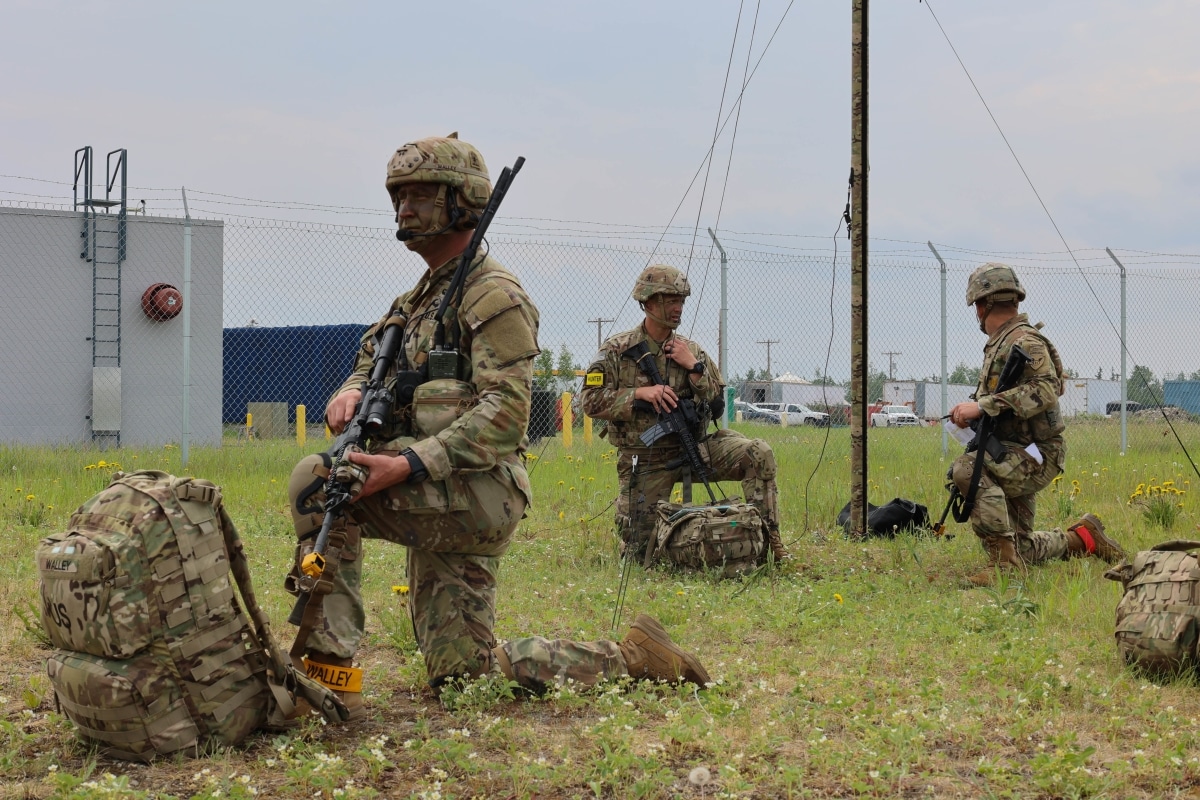The concept of American Airborne units was first suggested during World War I and became a reality ahead of World War II, with the creation of the Parachute Test Platoon. This platoon of 48 men played a crucial role in the development of equipment, training, and tactics that laid the groundwork for future airborne operations. Despite numerous challenges and initial skepticism, these pioneering paratroopers proved their worth on the battlefields of Europe, notably on D-Day, causing significant disruption to German forces.
Key Points:
- The idea of American Airborne units was first proposed in World War I but only gained traction in 1939, under General George C. Marshall, who recognized their potential for future military operations.
- The Parachute Test Platoon, established in July 1940, was tasked with developing the equipment, training, and techniques for airborne troops. This group of 48 men made significant contributions, many of which are still used today.
- The Parachute Test Platoon’s training was rigorous and innovative, involving physical training, parachute theory, and practical jumps. The platoon trained in several locations, including New Jersey and Georgia, developing its tactics with each jump.
- Despite initial fears, the platoon successfully demonstrated their skills in a mass jump that greatly impressed military leadership, leading to the formation of the first parachute battalion, the 501st Parachute Infantry Battalion.
- Airborne units played a significant role in World War II, causing confusion and disruption to enemy forces. Their success is attributed to the pioneering work of the Parachute Test Platoon, which laid the foundation for modern airborne operations.
Source: https://havokjournal.com/nation/veterans/roots-of-success-para-test-platoon/






